The world is full of different mosses, and one of the most well-known and valuable is sphagnum moss.
Whether you stumble upon its soft, cushiony tufts in the wild or invite it into your home garden, sphagnum Moss will enchant you with its charm.
It can be purchased live or dry and in bulk and can be found growing in marshes and bogs. It can also be grown at home very quickly.
Explore the endless possibilities that your mossy companion brings to the table. Scroll now!
What is Sphagnum Moss?
Sphagnum moss is commonly called peat moss and comprises a genus of around 380 species of mosses.
Living and dead sphagnum moss can hold large amounts of water and is commonly found growing in swamps and bogs.
It is called a habitat manipulator because of its ability to change the landscape wherever it grows. It can hold up to 26 its weight in water, so as it grows in a dry landscape, it can create a boggy marsh area.
Here's a post about hair cap moss for your garden, maybe you'll find this interesting.
Appearance
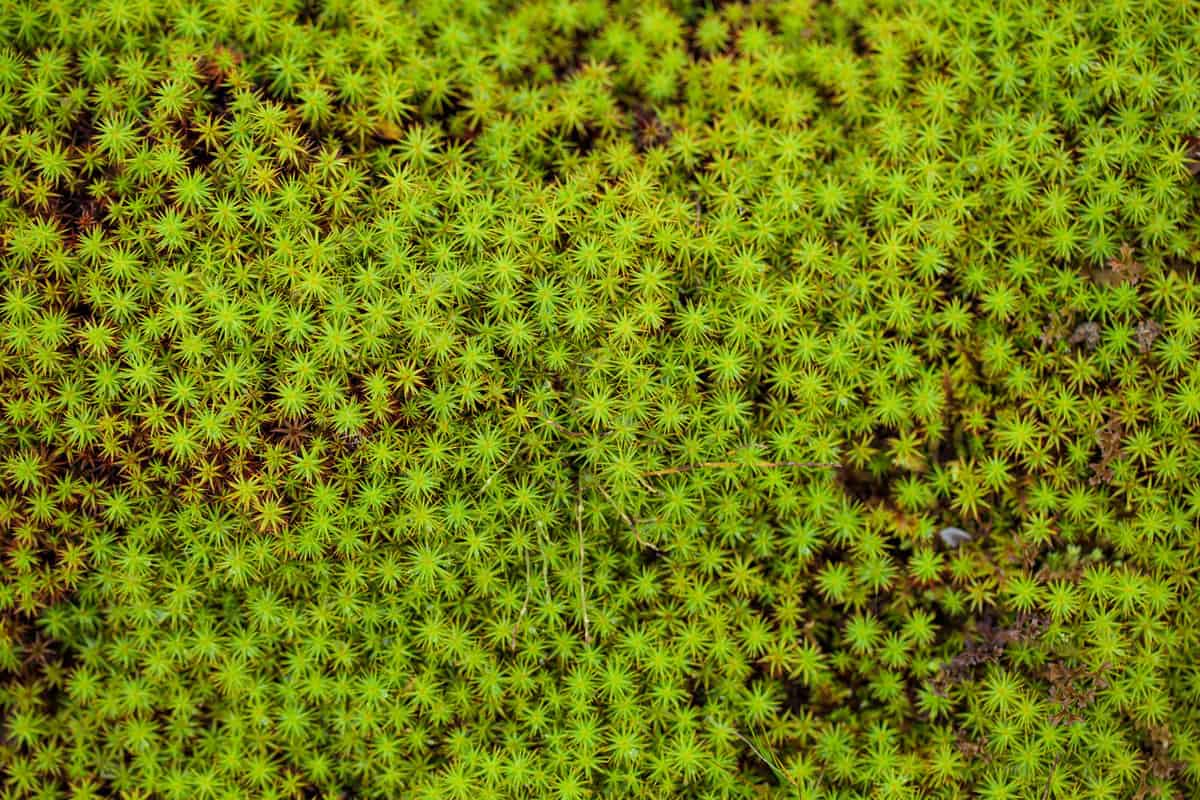
Sphagnum moss grows in a tight cluster of branch fascicles around the main stem. These fascicles consist of a couple of spreading branches and hanging branches.
The stem leaves vary in shape depending on the species but have small, living green cells and large, clear, dead cells that can hold water.
Sphagnum Moss is most commonly found as a bright green color, but certain types are red, orange, and yellow. It does not grow very tall, from less than a tenth of an inch to just over 3 inches.
Growing Sphagnum Moss
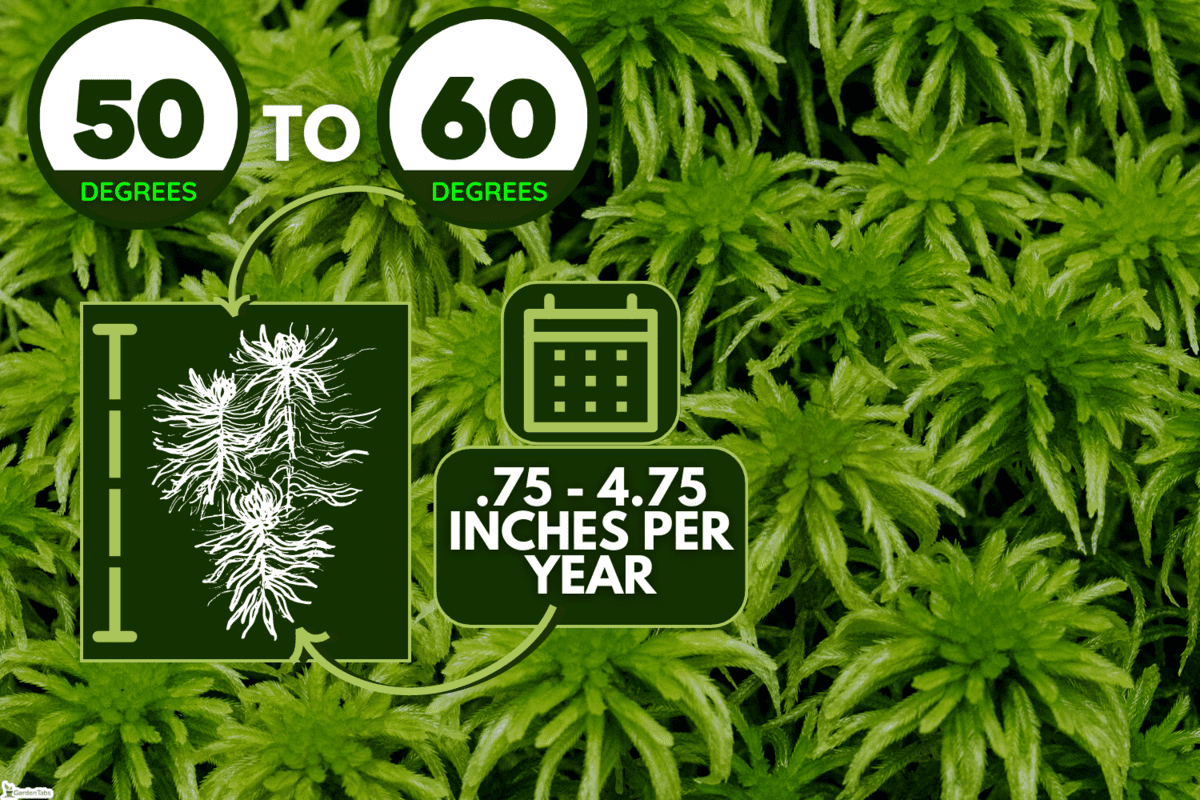
Sphagnum moss can grow 0.75 -4.75 inches per year. It prefers temperatures that range from 50 degrees to 70 degrees. In nature, it thrives in the boreal forests of North America.
Indoors
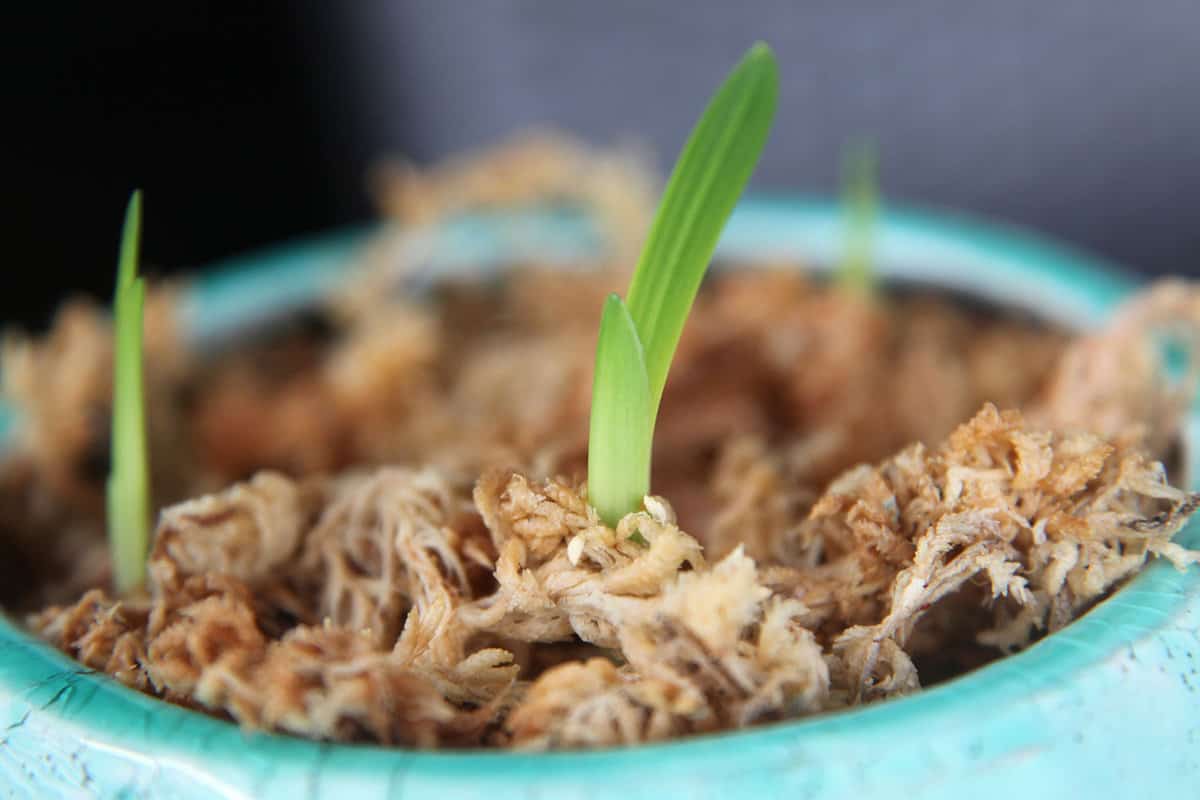
- Fill a tray with a growing medium.
- Add live pieces of moss on top of the medium. Dried moss can also be used, but growing takes much longer.
- Fill the tray with rain or spring water up to the top of the growing medium
- Spritz moss with rain or spring water periodically to keep it moist.
- Place in a shady, humid place
- Spray with foliar fertilizer once a month to encourage growth.
Outdoors

- Choose a location that has plenty of water. Sphagnum moss can grow on anything given the proper conditions, but it will thrive in a bog-like environment. The temperature should stay between 50 and 70 degrees F.
- Cut your live moss into pieces approximately 1 inch in size.
- Plant your moss in a 1 to 10 ratio. Use one cutting for ten square feet.
- Mulch lightly to help retain moisture, but not so profoundly that light can't reach the moss.
- Flood with rain or spring water periodically. If the moss tips look brown, it is time to water.
Types of Sphagnum Moss
There are four types of Sphagnum species:
Sphagnum Acutifolia
This type of peat moss is orange or red and forms above the water line. Its slender branches tend to grow tall and straight.
Sphagnum Cuspidata
Cuspidata are bright green in color and usually have uniform hanging stems. When dried, the branches tend to bend backward.
Sphagnum Sphagnum
This moss has green leaves and red or brown branches. It is easy to recognize as the most significant type of sphagnum moss forms large hummocks and is the largest of the four.
Sphagnum Subsecundra
This type has round, swollen, curved branches and is often found in shades of copper but also in green, red, and yellow. It grows mainly in marshes.
Uses for Sphagnum Moss
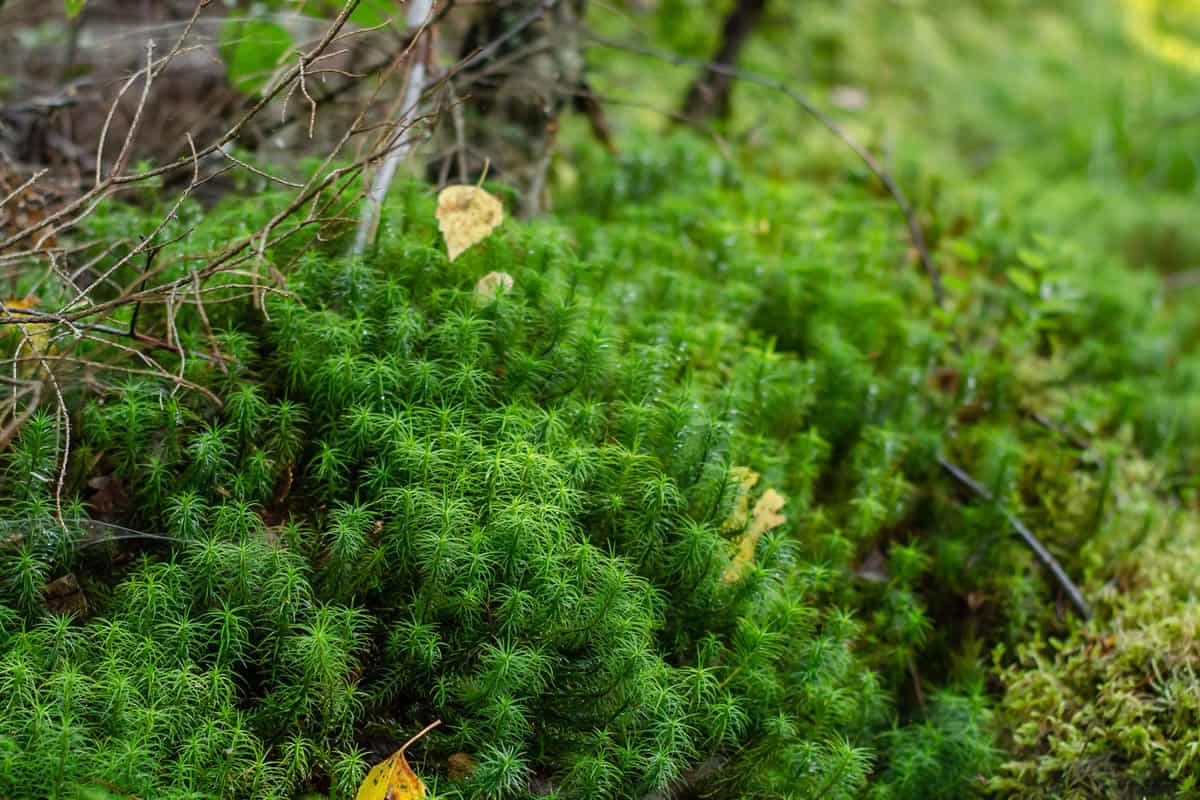
There are many uses for sphagnum moss:
- Dried sphagnum moss is used in potting and gardening soil mixtures to add moisture retention to the soil.
- It is also used as insulation in some areas in the Arctic.
- Sphagnum moss is also used as a wound dressing due to its absorptive and acidic nature. It inhibits the growth of bacteria.
- Mushrooms like the damp atmosphere created by the moss, which encourages their growth.
- Use it as a soil topper for growing carnivorous plants and bonsai.
- Sphagnum moss can be used in decorative terrariums.
- Pack and ship live plants, roots, and seeds in it.
Plant Gallery
Bright and Airy
This beautifully colorful piece of Sphagnum Acutifolia is the perfect size to start a new batch of moss.
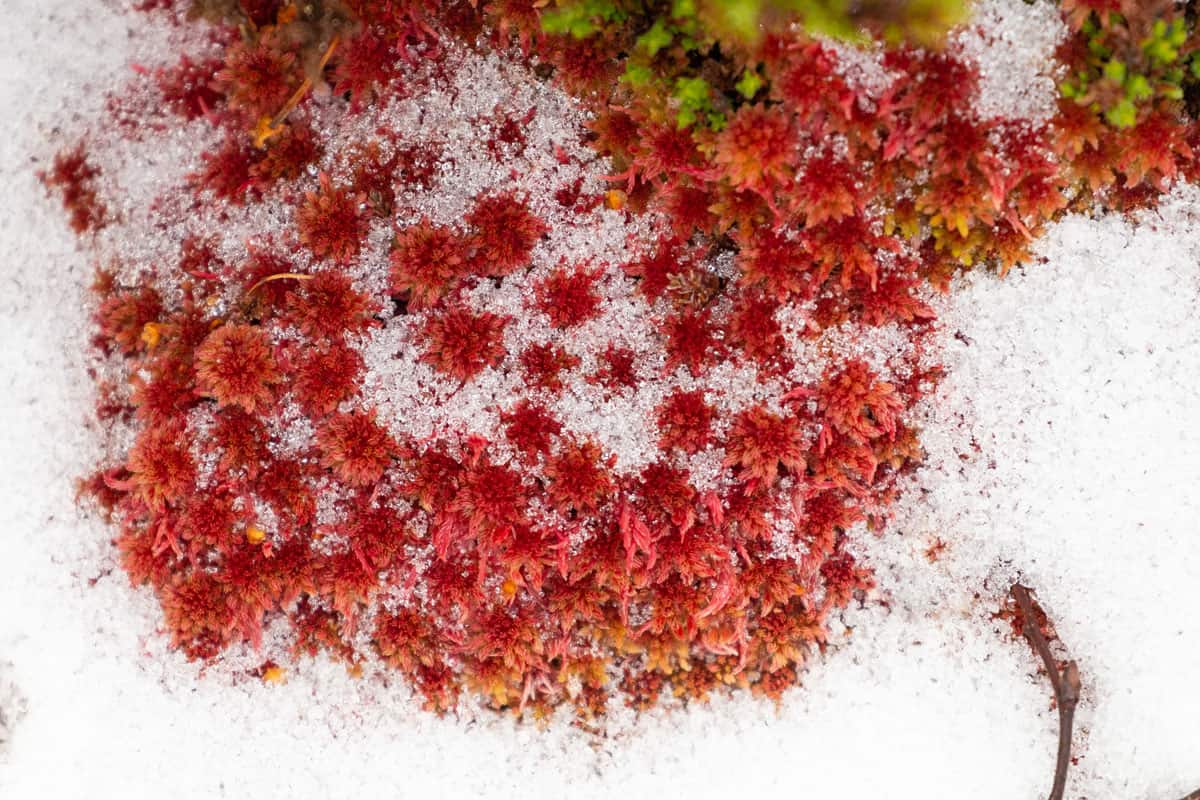
Super Spores
Sphagnum moss reproduces by spores spread by the breeze, helping bring moss to new locations.
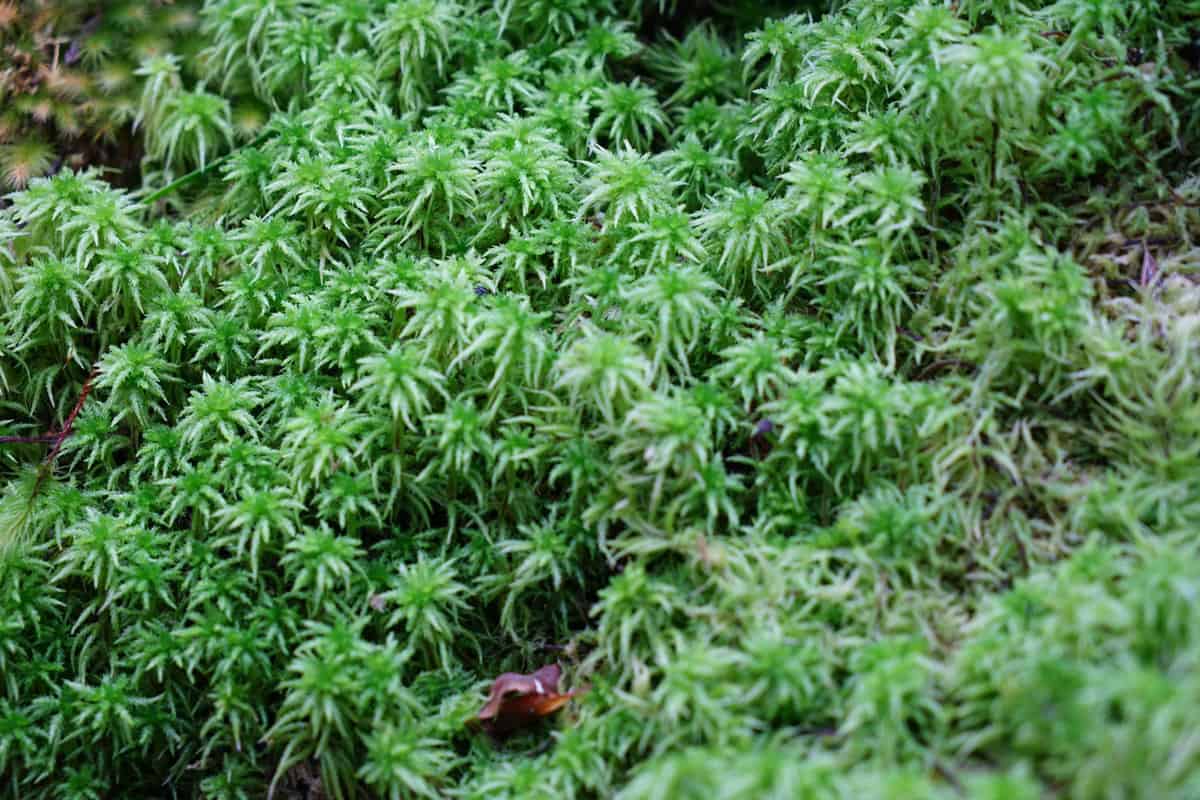
Grown in a Tray
Start your own batch of peat moss with small pieces of live moss in a tray much like this with the proper conditions. You can soon have a tray full of bright green moss to use however you need.
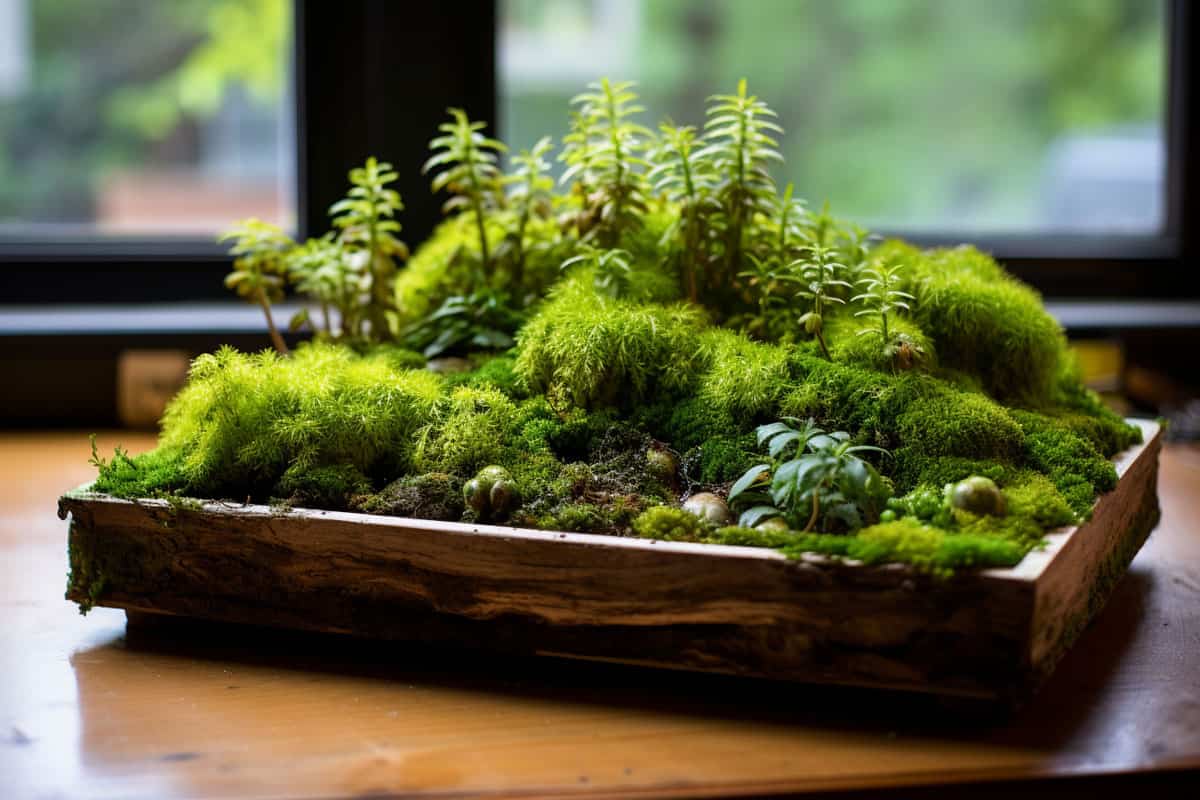
Perfect for Orchids
Dried sphagnum moss is used as a base for these gorgeous orchids. The plants can receive just the right amount of moisture by adding water to the moss.
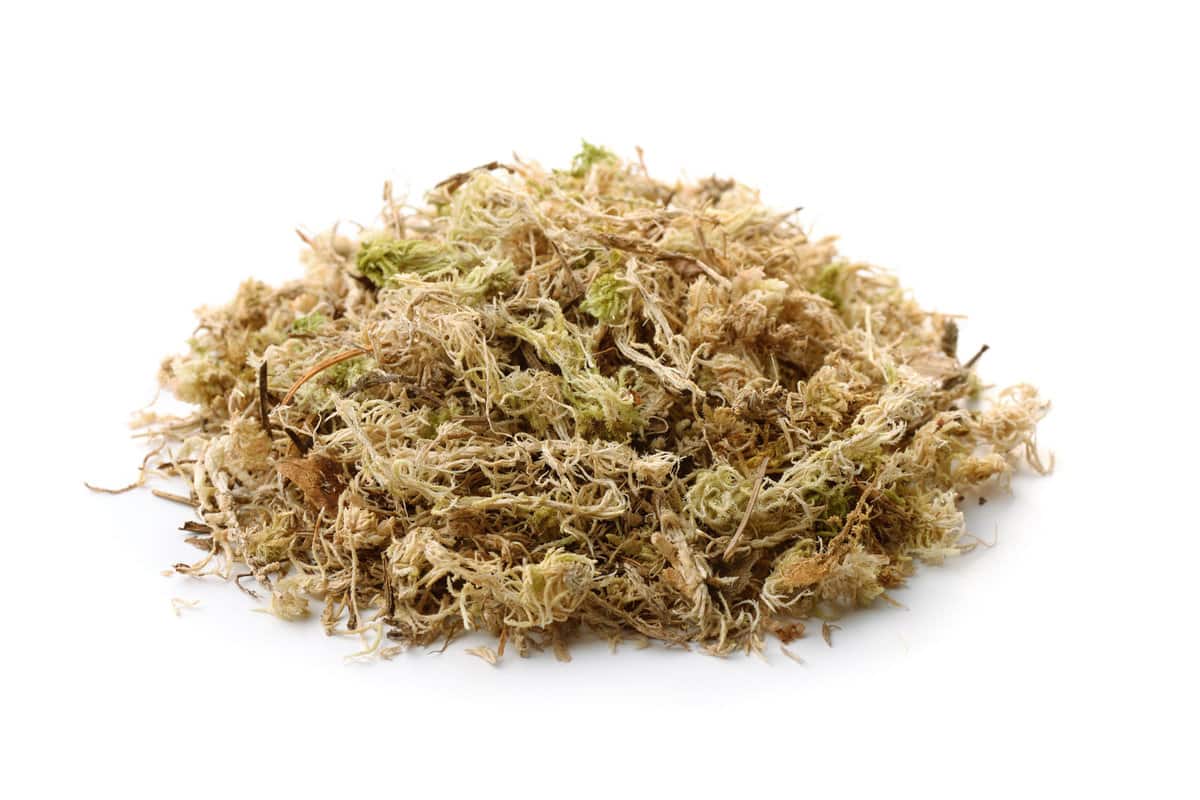
Holds in Moisture
Live sphagnum moss is often used at the base of another larger plant. It works as a mulch and helps keep the moisture in the soil.
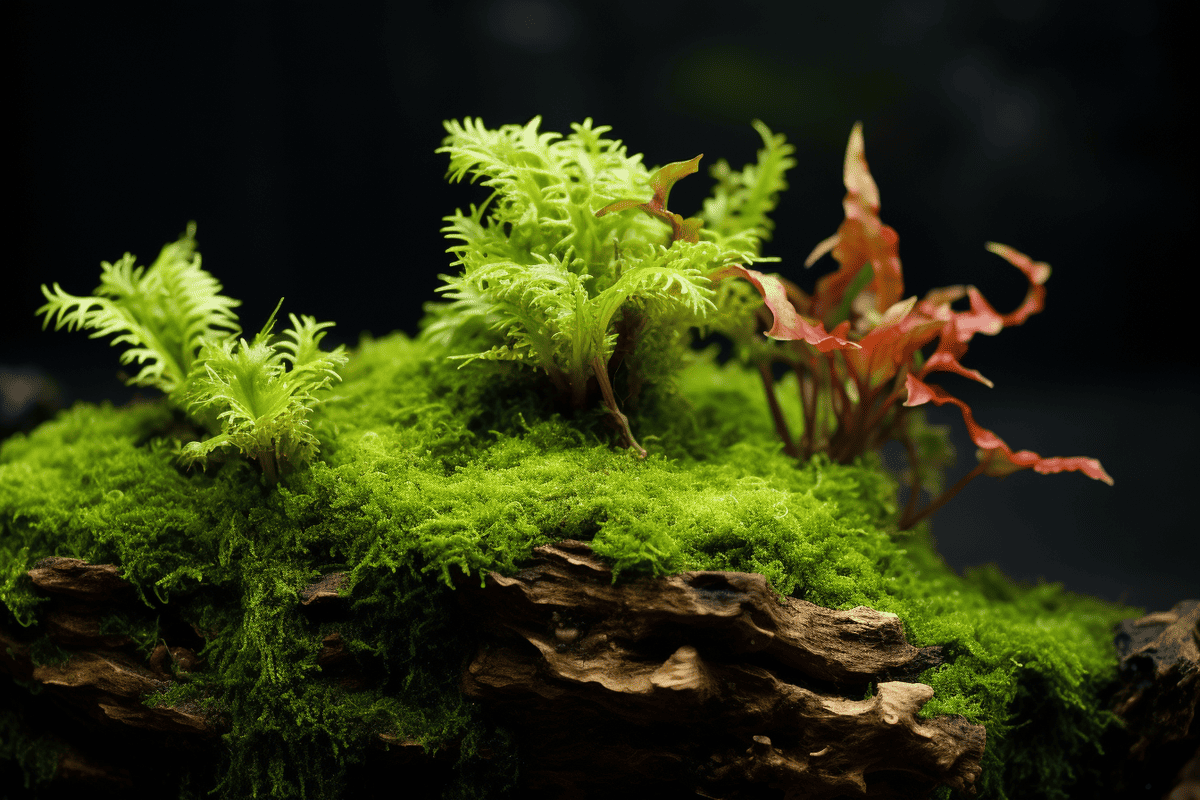
Home Sweet Home
Moss can be used as the grass and shrubbery in an adorable diorama-styled terrarium.
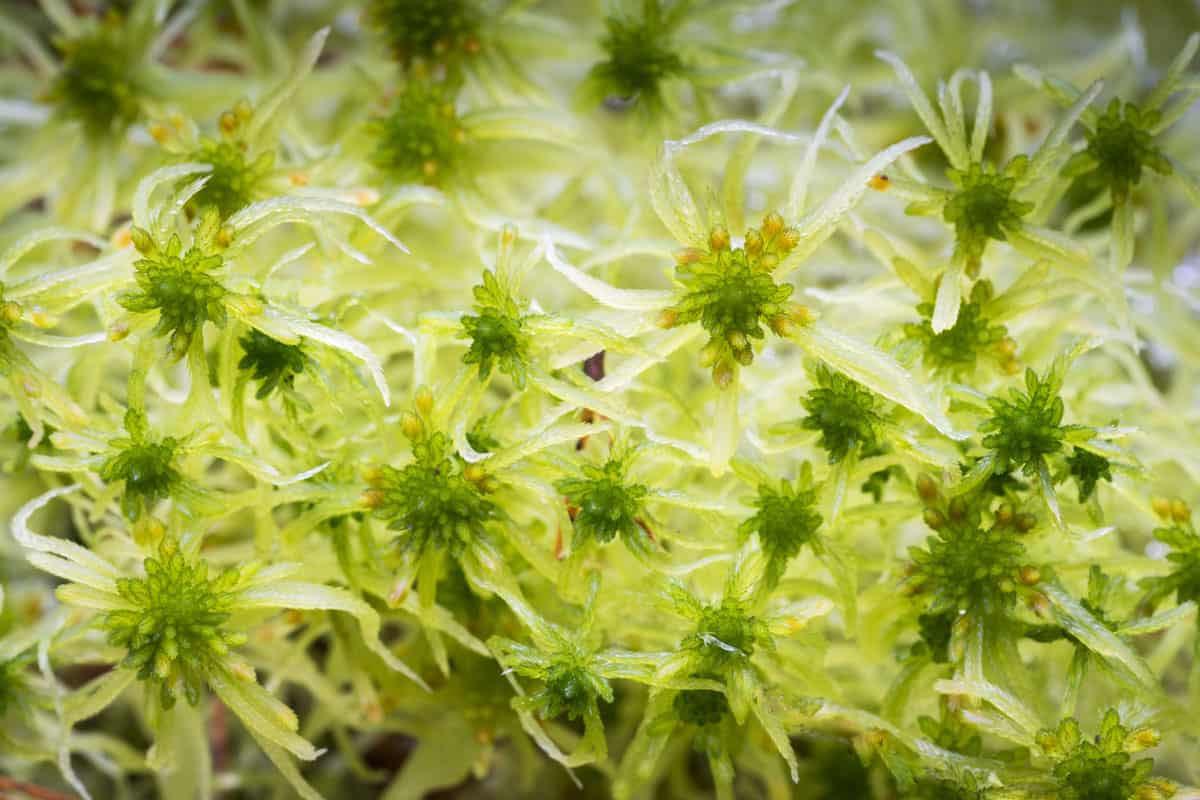
Growing In the Wild
Sphagnum moss grows in the bogs of Scotland, and the resulting peat is a source of energy.
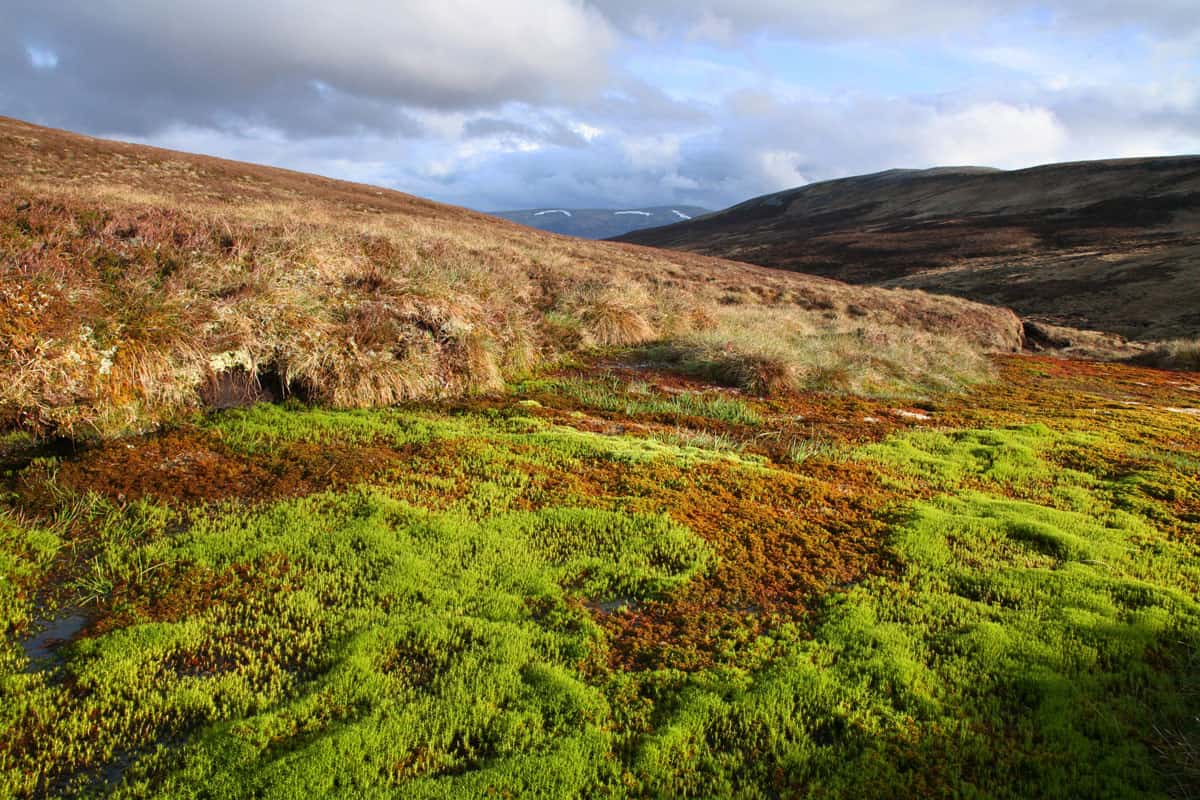
Carpet of Green
Bright stars of vivid green sphagnum moss create a soft carpet on the forest floor. Create the same effect in a shady corner of your garden.
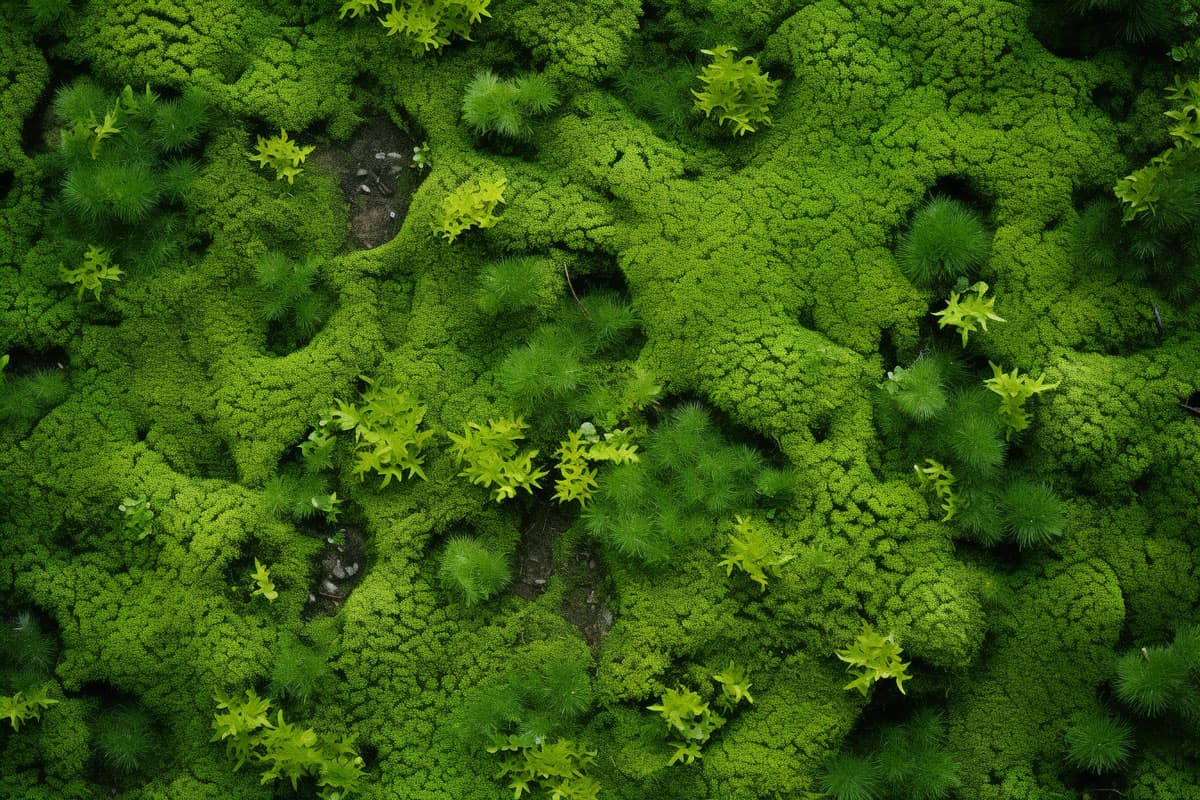
A Vision of Contrast
Stunning purply-red sphagnum moss is paired with a bright green one to create the perfect backdrop for the darker green plant in the middle of the pot.
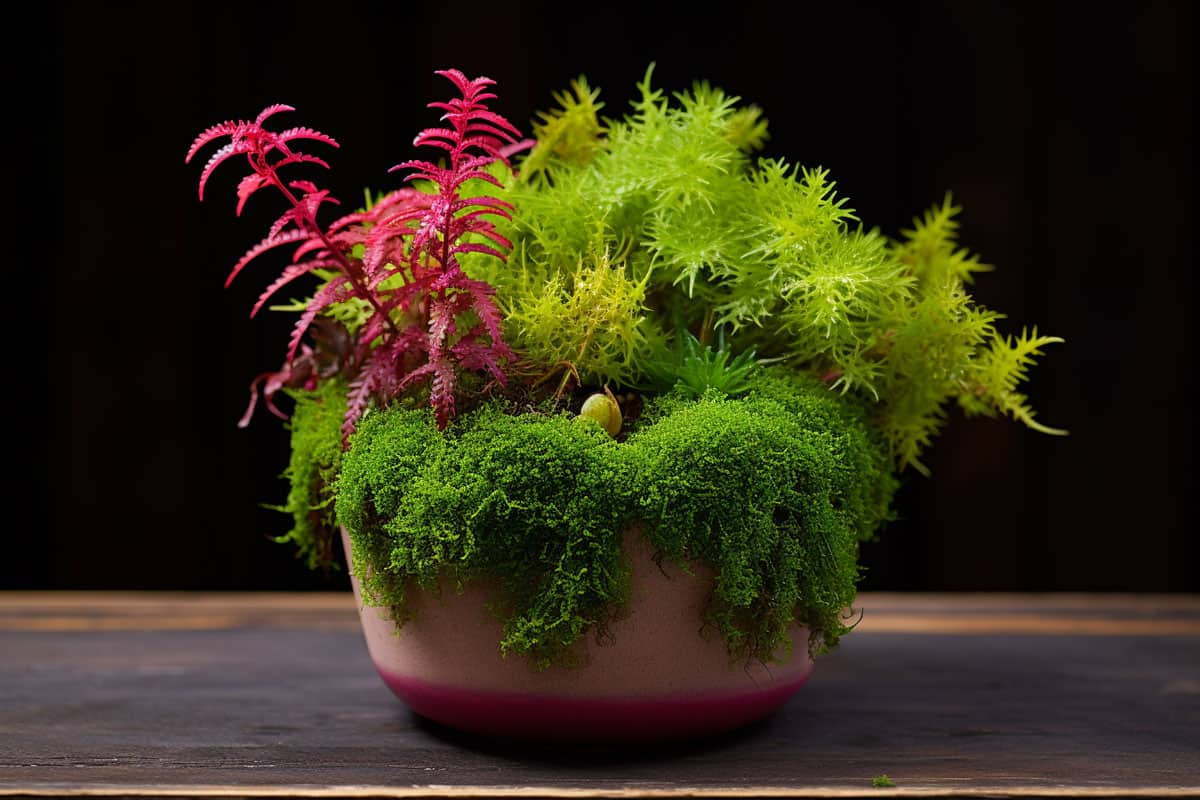
Moss by the Pound
Depending on the purchaser's needs, Sphagnum moss is available in small or large quantities.
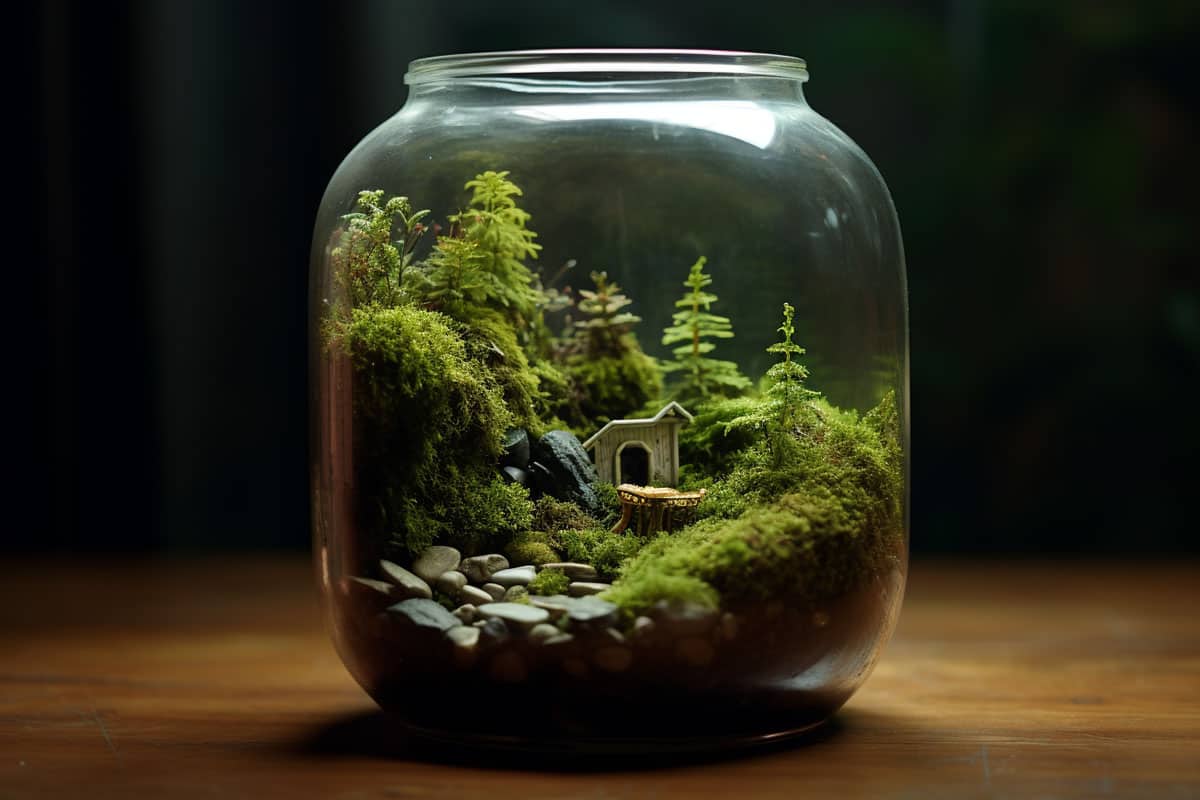
Start Small
When starting inside, use a small shallow tray or pot to get your moss off to a good start. This sample will soon be transplanted to a charming terrarium or used to mulch a larger potted plant.
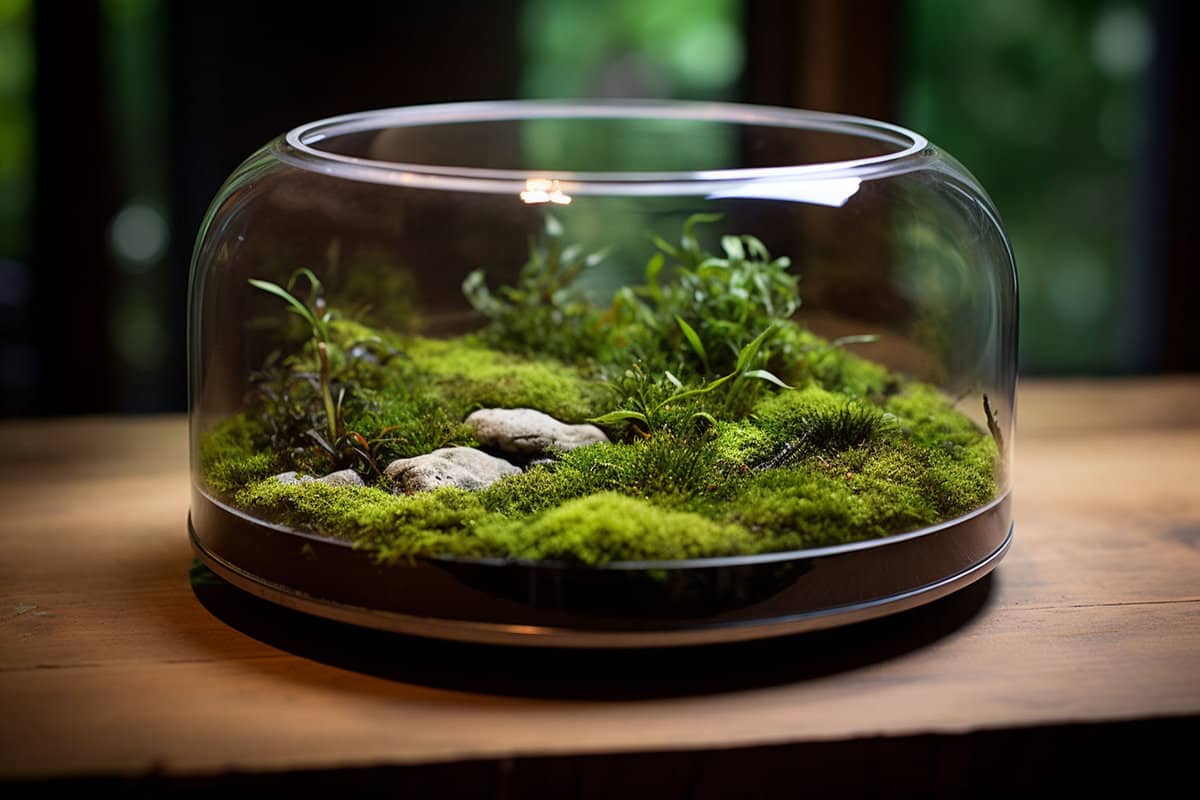
Growing in the Wild
Sphagnum Subsecundra grows in various colors and looks beautiful in a wooded landscape.

Where to Buy Online
Live All Natural Moss
This easy-to-use moss is tailored to hold moisture and fertilizer, making it a haven for your orchids and bonsai.
As a decorative mulch potting medium, it’s a visual treat and a nurturing bed for cattleyas, phalaenopsis, oncidiums, and dendrobiums.
Plus, it's all-natural with no added dyes, making it a safe and pure choice for your garden sanctuary!
Click here to see more on Amazon.
Dried Sphagnum Moss
Elevate your floral displays by utilizing this moss as a filler to conceal floral foam, adding a natural elegance while keeping the arrangement firmly in place.
When used as a top dressing, it acts as a moisture-retaining shield, creating a harmonious buffer between the soil and air, ensuring your potted plants stay hydrated and happy.
Carnivorous plant enthusiasts rejoice as this is a splendid substrate addition for the exotic Nepenthes and Heliamphora, providing a nurturing cradle for their unique growth.
Click here to see more on Amazon.
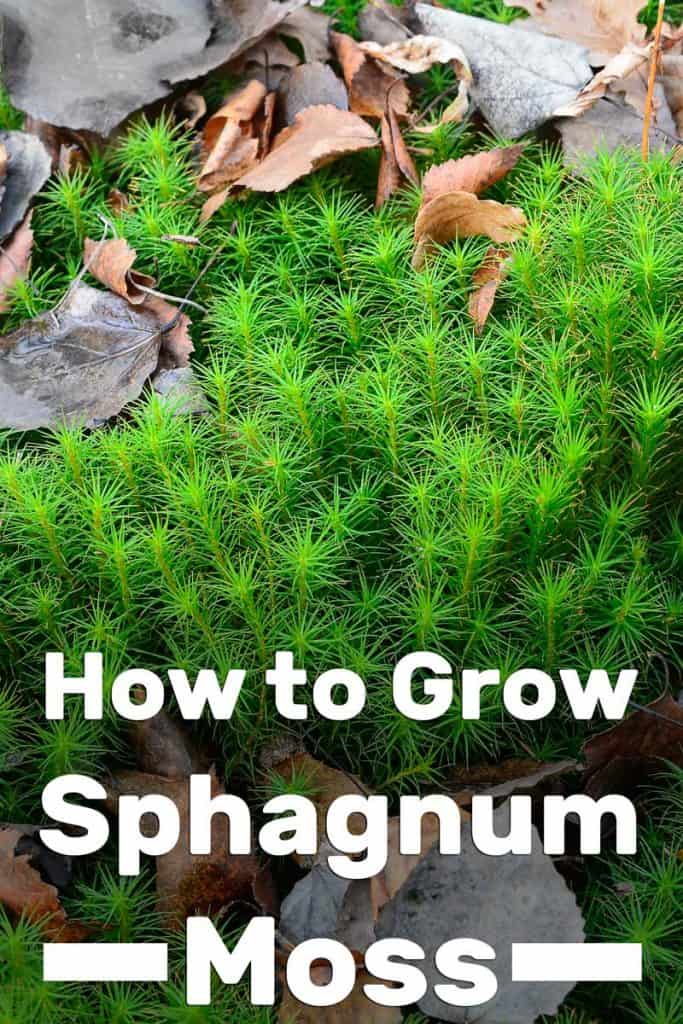



I have really enjoyed reading your extensive article on spagnum moss! I was sent some of it along with a plant for my birthday but I wanted to keep the moss and grow it instead of just putting around the plant and now I know how to look after it thanks to you..and I will buy some foliar feed to feed it with, thank You once again! Xxx
what kind of foliar fertilizer should be used on the live sphagnum moss